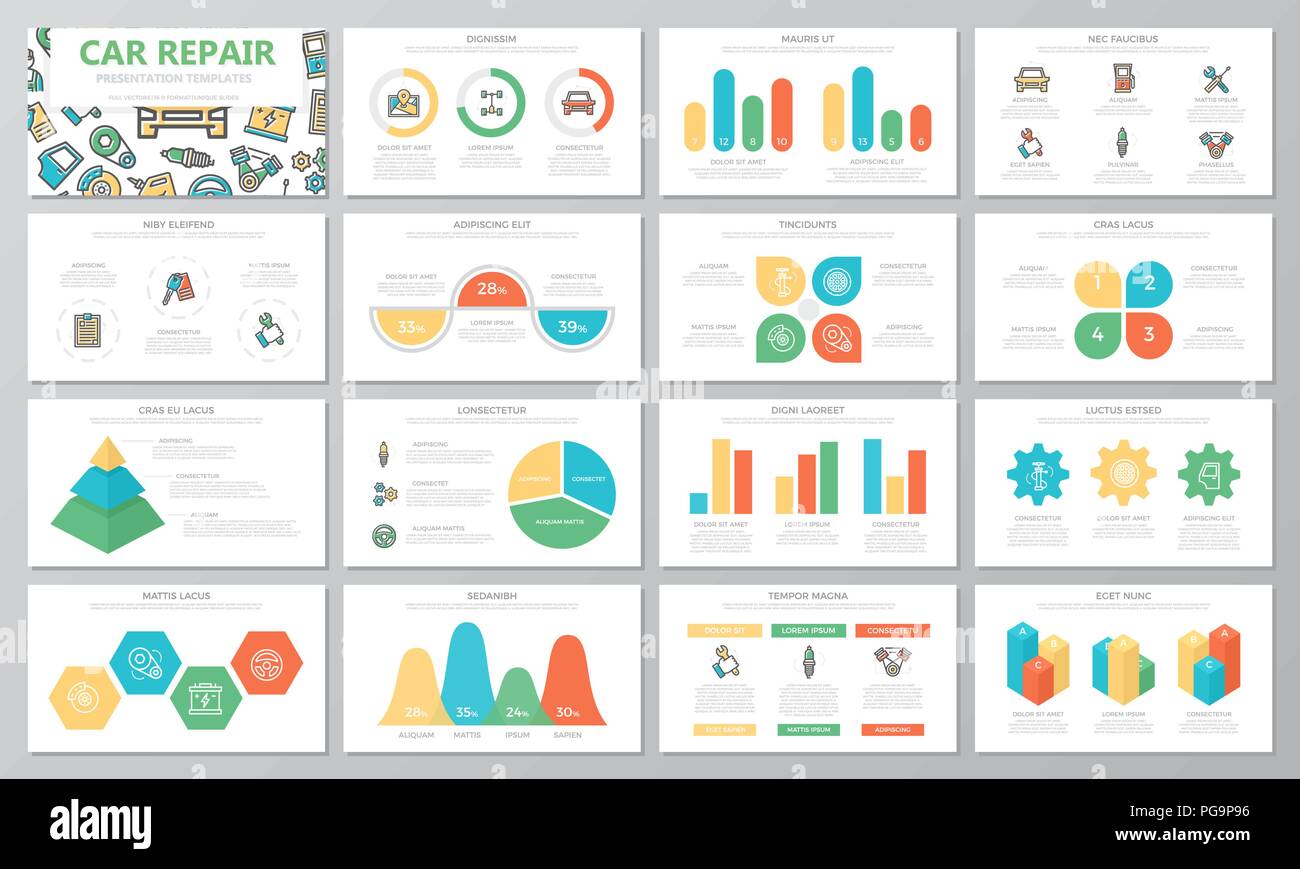Analyzing Your Vehicle'S Warning Indicators: What They Truly Communicate
Analyzing Your Vehicle'S Warning Indicators: What They Truly Communicate
Blog Article
Short Article Author-Lauritsen Kejser
When you lag the wheel, those beautiful caution lights on your dashboard can be a bit bewildering. Do you recognize what they're attempting to inform you concerning your auto's health and wellness? Understanding the importance of these lights is vital for your safety and security and the long life of your automobile. So, https://brakerepairnearme28405.blazingblog.com/32180800/discover-exactly-how-green-auto-outlining-products-can-raise-your-lorry-s-shine-while-protecting-the-world-discover-the-lasting-choices-awaiting-you among those lights pops up, would not you want to understand its message precisely and take the required steps to resolve it?
Common Warning Lights and Interpretations
Recognize common warning lights in your car and recognize their definitions to ensure secure driving.
https://www.autoserviceworld.com/why-a-decline-in-replacement-part-sales-is-concerning/ include the check engine light, which indicates concerns with the engine or discharges system. If this light comes on, it's critical to have your car checked promptly.
The oil pressure advising light suggests reduced oil stress, needing immediate focus to stop engine damage.
https://transmissionfluidchangeco06283.getblogs.net/64684389/exactly-how-to-choose-the-right-cars-and-truck-detailing-service-for-your-requirements blinking battery light may suggest a defective charging system, potentially leaving you stranded if not addressed.
The tire pressure monitoring system (TPMS) light signals you to reduced tire stress, affecting automobile security and gas performance. Overlooking this could bring about risky driving problems.
The abdominal muscle light shows an issue with the anti-lock stopping system, jeopardizing your capability to stop promptly in emergencies.
Finally, the coolant temperature level warning light warns of engine overheating, which can cause serious damages if not settled swiftly.
Comprehending these typical caution lights will certainly help you attend to concerns immediately and preserve secure driving conditions.
Importance of Prompt Attention
Understanding the typical warning lights in your auto is only the initial step; the importance of promptly resolving these warnings can not be emphasized enough to ensure your safety when traveling.
When a warning light illuminates on your dashboard, it's your car's method of interacting a potential issue that needs attention. Disregarding https://bestoilchangenearme39516.blogscribble.com/32172840/eco-friendly-cars-and-truck-outlining-products-you-need-to-attempt can cause extra severe problems in the future, jeopardizing your safety and security and possibly costing you extra in repairs.
Prompt attention to alerting lights can protect against breakdowns and crashes. For instance, a flashing check engine light could suggest a misfire that, if left neglected, could create damage to the catalytic converter. Addressing this immediately can save you from a costly repair service.
Likewise, a brake system advising light could signal low brake fluid or used brake pads, essential elements for your safety when driving.
DIY Troubleshooting Tips
If you discover a warning light on your dashboard, there are a few DIY repairing ideas you can attempt before seeking expert aid.
The first step is to consult your car's manual to understand what the specific caution light shows. Sometimes the issue can be as easy as a loose gas cap activating the check engine light. Tightening the gas cap may fix the problem.
One more usual issue is a low battery, which can activate various alerting lights. Checking the battery links for deterioration and ensuring they're protected might fix the issue.
If a caution light continues, you can try resetting it by disconnecting the car's battery for a few mins and afterwards reconnecting it. In addition, checking your vehicle's liquid levels, such as oil, coolant, and brake fluid, can help troubleshoot cautioning lights associated with these systems.
Verdict
In conclusion, understanding your automobile's caution lights is crucial for keeping your car running efficiently and securely. By promptly resolving these alerts and recognizing what they mean, you can avoid pricey repair work and potential malfunctions.
Remember to consult your cars and truck's manual for certain information on each warning light and take action appropriately to guarantee a trouble-free driving experience.
Keep educated, remain secure on the road!
